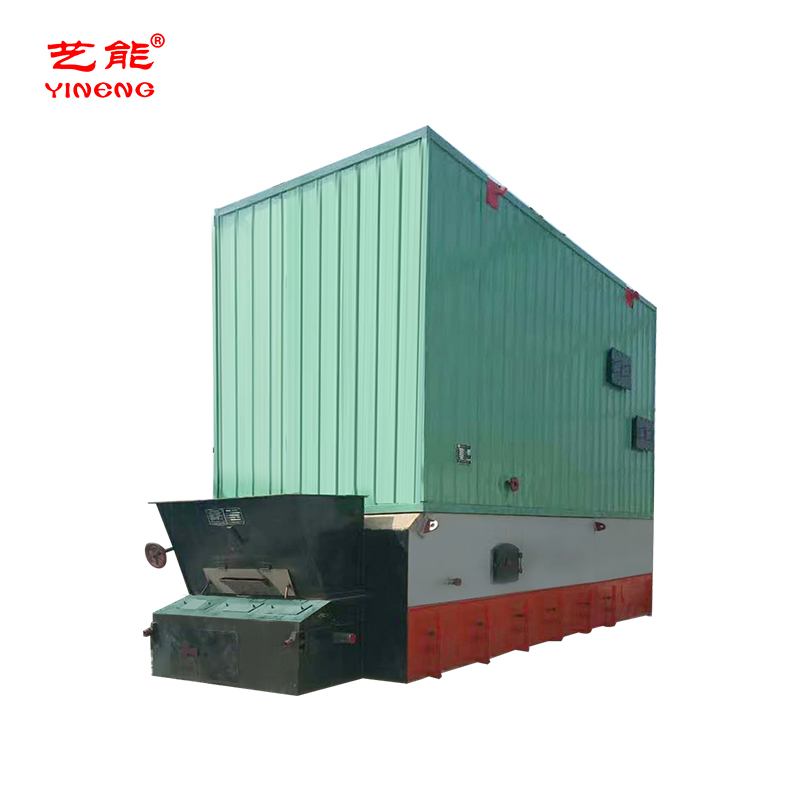Electric Steam Boiler Manufacturers | High-Efficiency OEM
A Buyer’s Field Notes on Electric Steam Boiler Manufacturers
If you’re shortlisting suppliers, you’ll notice two things very quickly: policy tailwinds are favoring electrification, and lead times are… let’s say uneven. To be honest, the market is maturing fast. Some legacy brands move carefully; upstart OEMs iterate faster. I’ve walked a few plants lately where Electric Steam Boiler Manufacturers are replacing small gas units simply because the grid contract is greener and the numbers finally pencil out.

Industry trends at a glance
- Electrification for Scope 1 reduction; many customers say audits drive the switch.
- Typical electric efficiency at point-of-use ≈98–99%; real-world use may vary with cycling and water quality.
- Faster startup: some mid-size units hit 8–10 bar in ≈10–15 minutes.
- Controls are more sophisticated—PLC + SCR, harmonic mitigation, remote diagnostics.
Typical electric steam boiler specs (illustrative)
| Parameter | Spec (≈) |
|---|---|
| Capacity | 0.5–20 t/h (larger via modular skids) |
| Design pressure | 8–25 bar common; higher on request |
| Heating elements | Incoloy 800/840 or 316L sheathed |
| Electrical | 380–690 V, 50/60 Hz, 3φ; SCR/thyristor control |
| Efficiency | ≈98–99% at point of use |
Process flow, materials, and testing
Quality makers follow a tight sequence: material traceability (SA‑516 Gr.70/SA‑240 304/316L), argon/TIG welding, PWHT as applicable, NDT (RT/UT), followed by hydro test at 1.3–1.5× MAWP, controls FAT, then site SAT. Enclosures often to IP54/55; insulation mineral wool + aluminum cladding. Expected service life: around 15–25 years with proper water treatment (TDS and alkalinity in spec).
Case in point: from Wuqiao, Hebei, a thermal-oil specialist builds the Horizontal YLW coal-fired chain grate thermal oil boiler—its heating surface is fully fused by argon-shielded welding, X-ray inspected, and the water pressure test is qualified. Not electric, sure, but it shows the weld discipline and NDT culture you want to also see from Electric Steam Boiler Manufacturers when they fabricate pressure parts and skids.

Where electric steam shines
- Food & beverage: CIP, blanching, kettles—hygienic, quiet.
- Pharma/biotech: clean steam generation and humidification.
- Electronics/textiles: precise temperature ramps; low NOx (zero at point of use).
- Hospitals, labs: sterilization, instrument washers.
Vendor snapshot (indicative)
| Vendor | Focus | Range (≈) | Certs |
|---|---|---|---|
| Cleaver-Brooks | Industrial electric and hybrids | 1–20 t/h | ASME, UL, NB |
| Chromalox | Packaged electric steam/skids | 0.1–10 t/h | UL 834, CE |
| Sussman | Compact electric boilers | 0.03–2 t/h | UL, ASME |
| YN-based OEM (Hebei) | Thermal-oil boilers; OEM skids | Custom; electric packages via partners | ISO 9001; PED on request |
Customization and controls
Options buyers usually tick: 380/400/480/690 V, skid-mounted water treatment, blowdown separators, deionized make-up compatibility, PLC/HMI with Modbus/TCP, energy meters, feedwater economizer (on hybrid configs). A brewer told me they saw an 18% operating cost drop after switching to time-of-use tariffs—surprisingly high, but their load profile was perfect.

What to verify before PO
- Design code compliance: ASME I/IV or EN 12953; UL 834 for electric sections.
- Hydro test certificate, RT maps, and material MTRs.
- Harmonic study and breaker sizing; short-circuit withstand of panels (IEC 60204-1).
- Water quality limits and warranty terms; expected element life hours.
References
- ASME Boiler and Pressure Vessel Code, Sections I & IV.
- UL 834: Heating, Water Supply, and Power Boilers—Electric.
- EN 12953/EN 13445: Shell Boilers/Unfired Pressure Vessels.
- IEC 60204-1: Safety of machinery—Electrical equipment of machines.
- ISO 9001:2015 Quality Management Systems.
- NBIC: National Board Inspection Code, Part 1–3.
-
High-Efficiency Horizontal YQW Gas Oil Fired Thermal Oil Boiler-Hebei Yineng Boiler|Energy Efficiency,Advanced CombustionNewsNov.21,2025
-
High-Efficiency Horizontal YQW Gas Oil Fired Thermal Oil Boiler-Hebei Yineng Boiler|Energy Efficiency,Advanced CombustionNewsNov.21,2025
-
Electric Steam Boiler Manufacturers | High-Output & SafeNewsNov.14,2025
-
OEM Steam Boiler Solutions | High-Efficiency, Custom-BuiltNewsNov.13,2025
-
Thermal Oil Boiler | High Efficiency, Low Pressure, OEMNewsNov.12,2025
-
Hebei Yineng Boiler Co., Ltd. Showcases Cutting-Edge Boiler Solutions at Indonesia International Boiler Exhibition 2025NewsNov.11,2025

